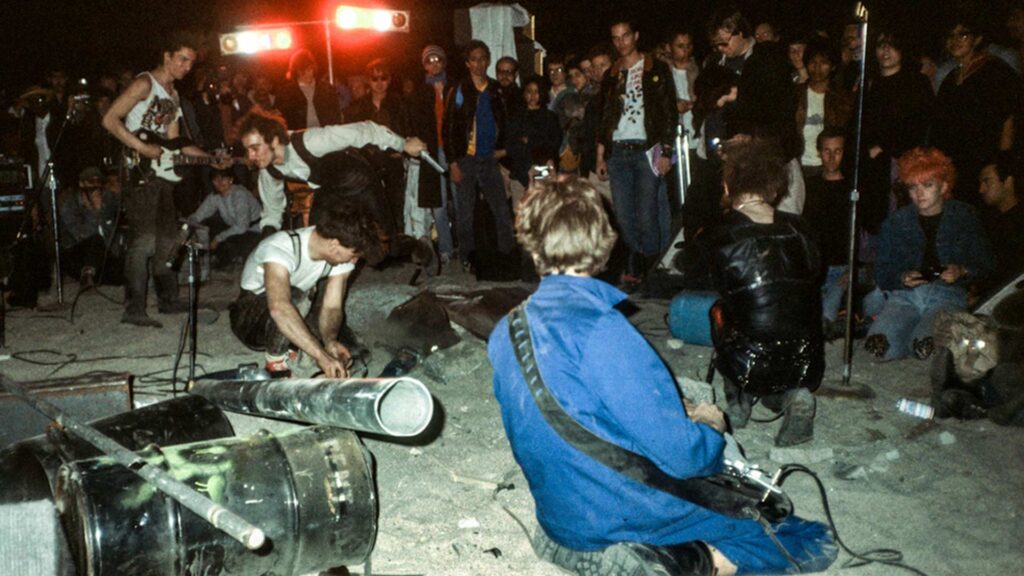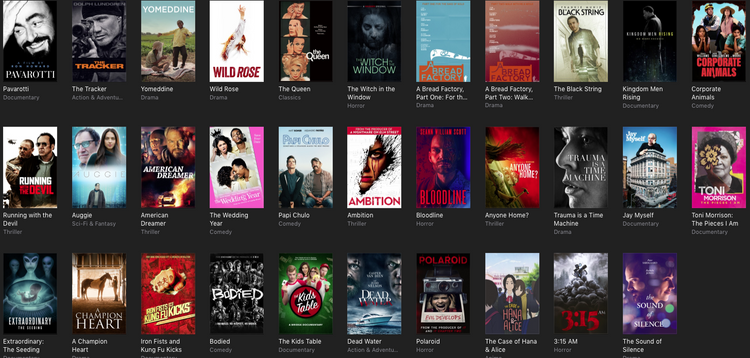Desolation Center’s Innovative VOD Release Strategy and Practice

Photo: Einsturzende Neubuaten, By: Fredrik Nilsen Stuart Swezey’s Desolation Center, a story of the Reagan-era desert performances featuring Sonic Youth, The Minutemen, Redd Kross, Meat Puppets, Einstürzende Neubauten & Savage Republic that influenced some of the world’s most famous music festivals (Burning Man, Lollapalooza, Coachella), launches tomorrow on VOD after finishing a 50+ city theatrical […]
Distribution: Aggregators vs. Distributors

In the wake of the seeming demise of Distribber, which was one of the main ways in which filmmakers could get their work up onto major online platforms, it seems that it is still important to indicate the difference between aggregators and distributors – as well as between the two main types of aggregators: aggregators […]
10 Ways in Which I Would Release Bomb It Today
Chris Horton asked me to write this post for the new Artist Services website that Sundance has set up. However, many filmmakers don’t have access to that site, and so I am posting it here on my blog for anyone to be able to read. Here is the post: In 2005 I started a documentary […]
Guest Post by Jon Fougner: Cinema Profitability Part 2
This is Part 2 of Jon Fougner’s guest series on Cinema Profitablility – today he focuses on the products that cinemas offer: Products Cinemas’ suppliers have leveraged the proliferation of alternative retailers for their products: DVD, cable, VOD, Netflix, iTunes, Hulu, and more. Cinemas, meanwhile, have barely experimented with sourcing alternative product. The result is […]
MAKING SENSE OF DISTRIBUTION PANELS – POST LAFF’s SEIZE THE POWER SYMPOSIUM
The Film Collaborative was recently on a panel at the Los Angeles Film Festival as part of their SEIZE THE POWER SYMPOSIUM which focused on DIY & DIGITAL Distribution. This was the description of the panel we were on and that I moderated and will discuss below: NEW DIGITAL DISTRIBUTION INITIATIVES Leading digital distribution executives […]
Jon Reiss on Huffington Post A Christmas (and Hanukah) List to Help Save Independent Film
Here is my piece for the Huffington Post that ran on December 17, 2009 Click Here for the Original List with Links A Christmas (and Hanukah) List to Help Save Independent Film By Jon Reiss Much has been written about the current crises in independent film. Studios run by corporations increasingly view their specialty divisions […]
Remember the neighborhood video store?
Every technological change in film distribution calls for an evolutionary step in how we get films to audiences. Broadcast television, VCR, Cable, DVD, VoD, DVR, and now internet streaming: what do these changes point to in relationship to our audience? Simple: audiences want the power to choose how, when, and where they engage content. From […]
Disney unlocks a new form of digital distribution with its “Keychest” technology
Allowing you to buy the rights to a movie and watch it on any rights-controlled device (computer, VoD, cellphone), this upcoming piece of technology opens new doors to Digital Indie Distribution. Keep a step ahead! From YahooTech: Disney’s “Keychest”: Your DVD library in the cloud? Thu Oct 22, 2009 10:06AM EDT Cloud computing may have […]
How will the studios adapt to changing distribution markets?
At ScreenDaily.com, Mike Goodridge suggests it’s decision time for studios’ distribution strategies. How will they adapt to new digital markets? Will they embrace transmedia? Food for thought: Mike Goodridge Would you pay $250 to have Transformers: Revenge Of The Fallen delivered to your living room on the same day it is released in theatres? D-Day […]